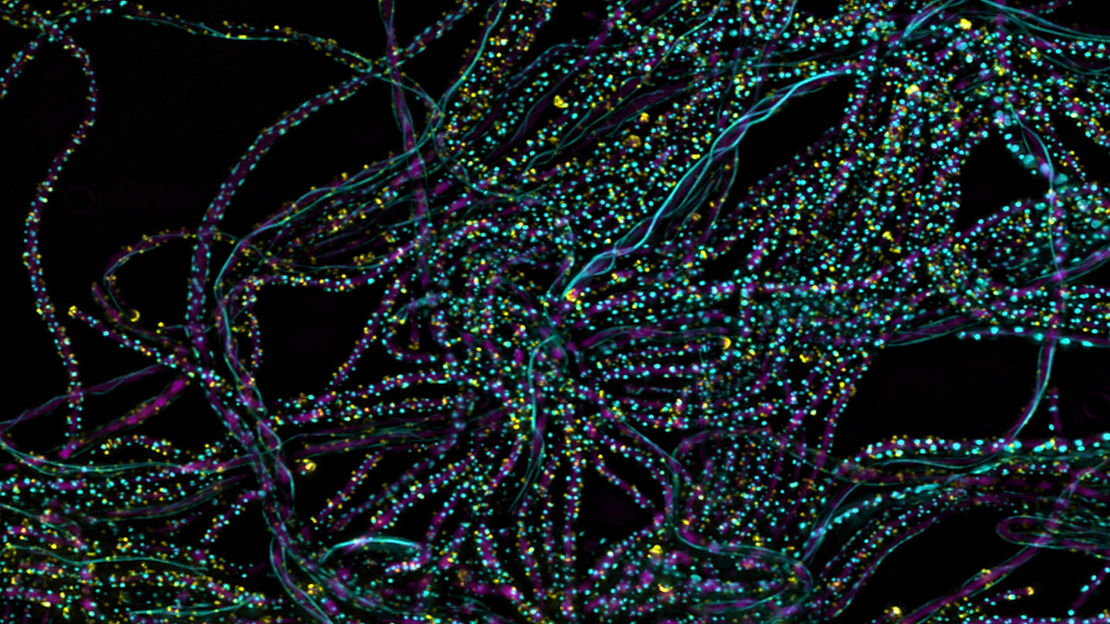By: Chloe Wu
In a recent groundbreaking discovery, scientists found evidence in support of their hypothesis that a single photon could initiate photosynthesis. Based on the efficiency of photosynthesis, scientists have always predicted that a single photon could spark the process. Photons are the quantum unit of light, meaning that they are the smallest distinct unit of light. Photosynthesis, the fundamental biological process where light energy is converted into chemical energy, has fascinated scientists and been a subject of intense study for decades. However, this discovery revises the way scientists understand the mechanism of photosynthesis.
The research was conducted at UC Berkeley. Researchers and professors examined the phenomenon under controlled laboratory conditions. In this study, Fleming, a faculty scientist at Berkeley Lab, and his research team performed an experiment to show that a single photon could initiate photosynthesis. “Nature invented a very clever trick,” Fleming said.
During the experiment, the scientists used a light source to produce two photons. One of the photons, the herald photon, indicates the presence of the other photon. The other photon was placed in a solution containing a species of photosynthesizing organisms (Rhodobacter sphaeroides). These organisms have LH2, a light-absorbing structure. LH2 has a ring-like structure and is responsible for absorbing light and passing on the energy to other parts of the organism, so it can be converted into chemical energy. During the study, the research team observed that the photon, with a wavelength of 800 nanometers, was absorbed by the ring of 9 bacteriochlorophyll molecules in LH2. During regular photosynthesis, LH2 absorbs the photon and eventually, its energy is passed on through the two rings of LH2. Then, it is converted into a form of chemical energy. However, in this experiment, the LH2 released a third photon after absorbing the second photon. The wavelength of the third photon shows that the energy from the second photon was passed on, indicating the initial steps of photosynthesis.
“If you’ve only got one photon, it’s awfully easy to lose it. So that was the fundamental difficulty in this experiment and that’s why we use the herald photon,” said Fleming. Fleming and their research team retested their experiment multiple times and were able to claim that there were no extraneous factors affecting this.
“I think the first thing is that this experiment has shown that you can actually do things with individual photons. So that’s a very, very important point,” Fleming explains. “The next thing is, what else can we do? Our goal is to study the energy transfer from individual photons through the photosynthetic complex at the shortest possible temporal and spatial scales.”
This new revelation has proved that a single photon can kick start the initial process of photosynthesis. This new data is being communicated across the scientific community and is a prime example of the astonishing natural world around us. As a single photon, the smallest unit of light, was able to initiate photosynthesis, a fundamental process that many complex organisms depend on, scientists around the world hope to unravel more of nature’s secrets.











